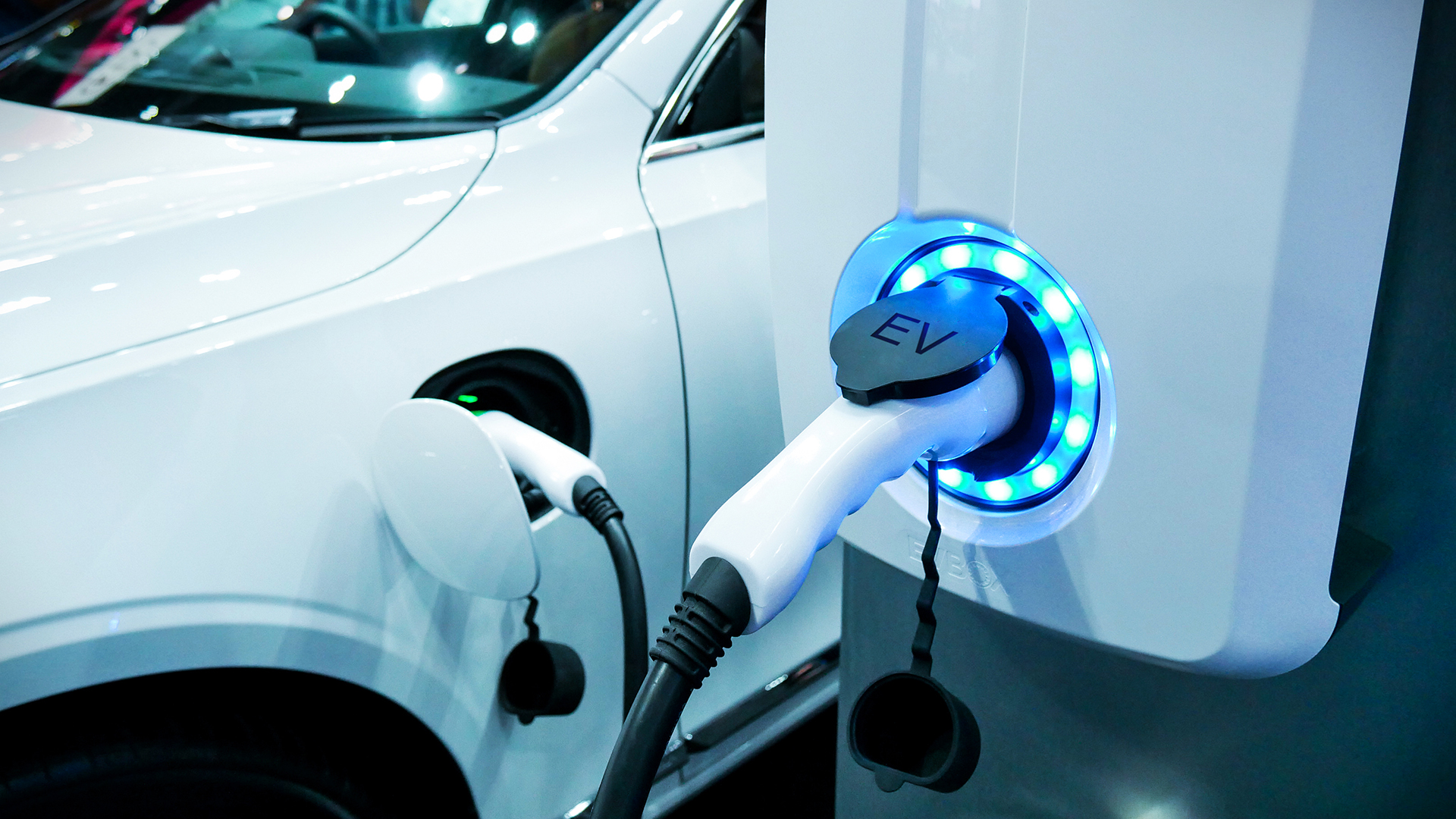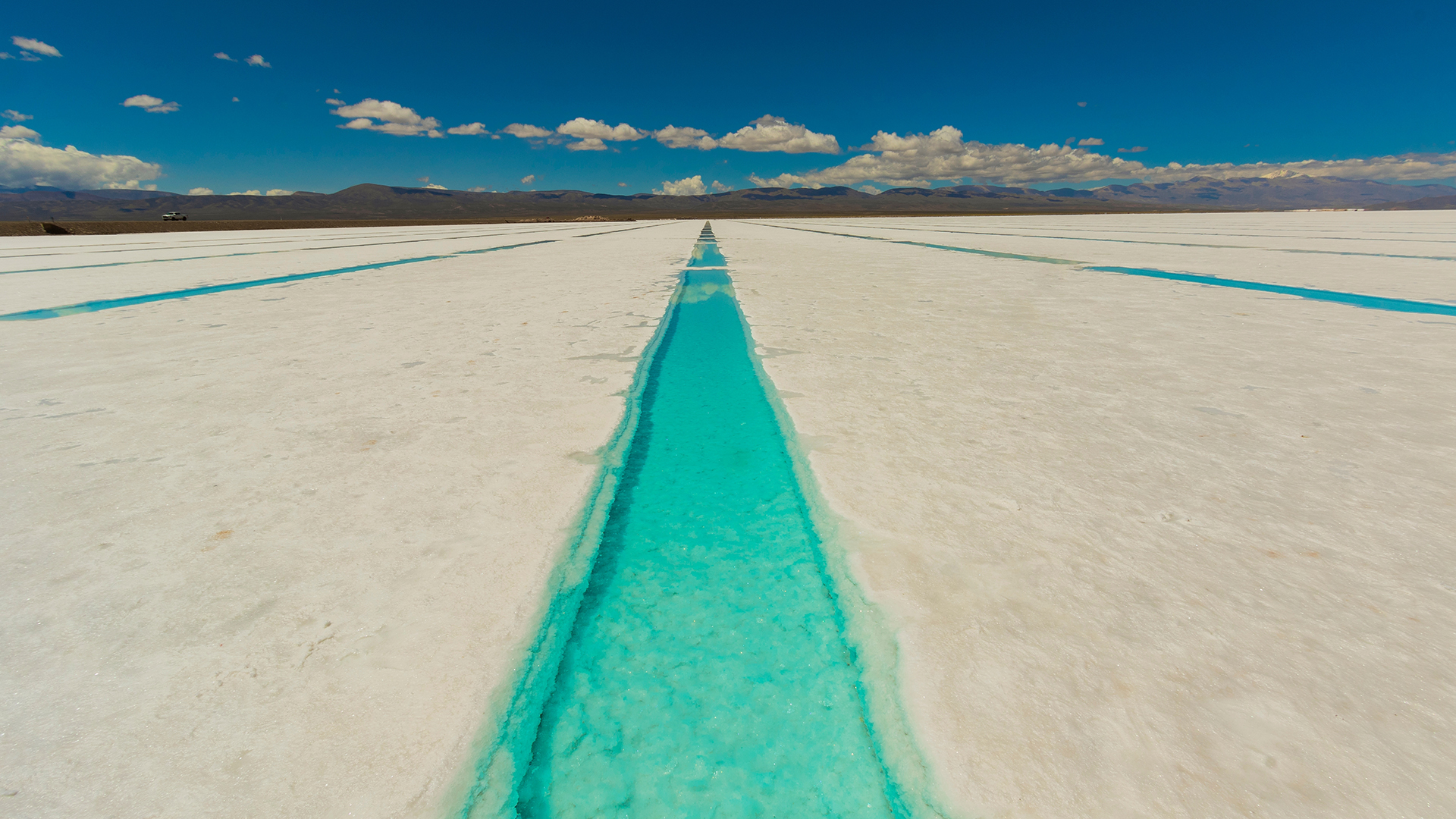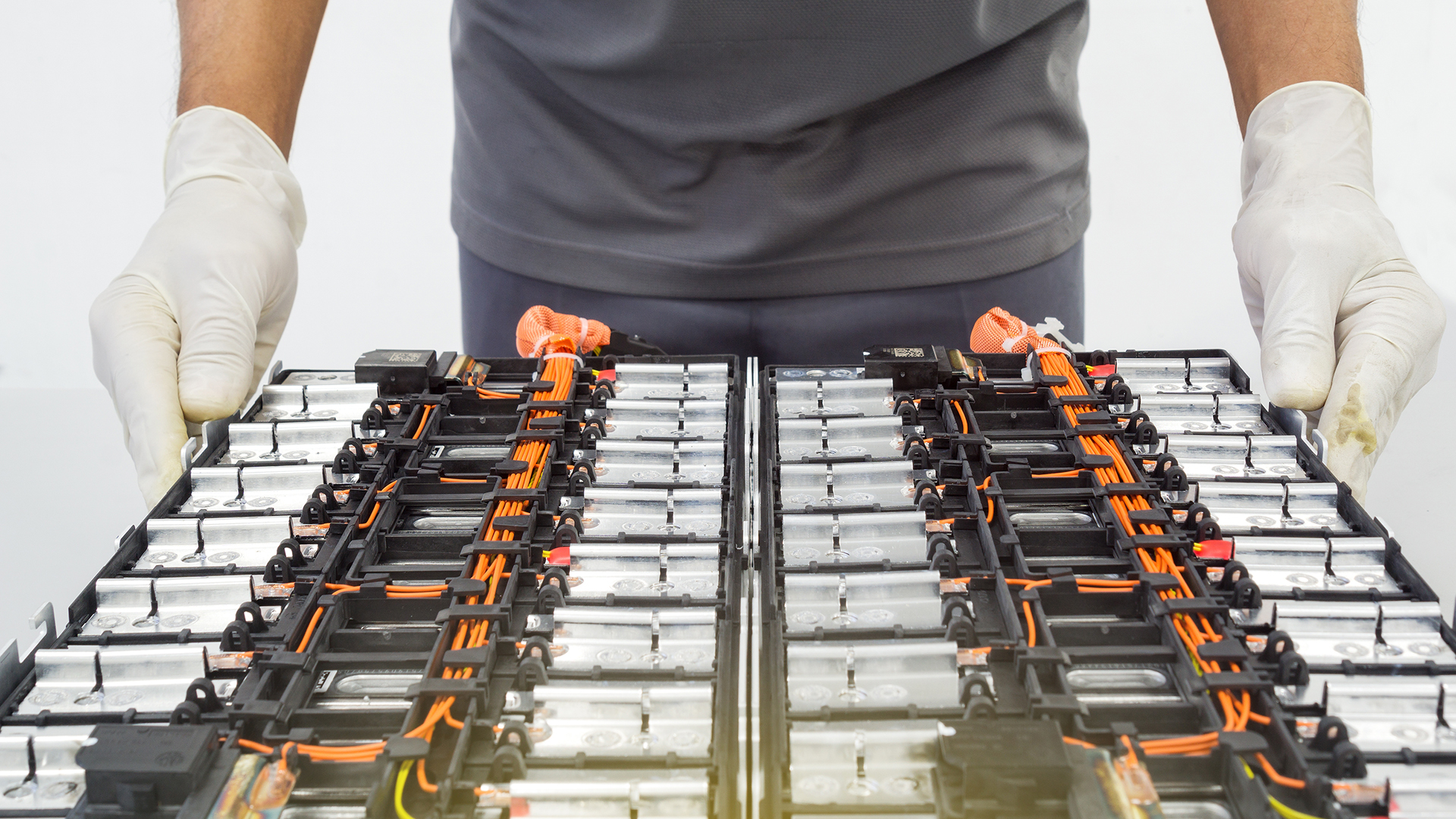Innovation News Network explores the vast benefits of direct lithium extraction and how it can ensure long-term sustainability in the mining industry.
Lithium stands as a precious gemstone in energy production, coveted for its role in powering the batteries that drive modern technological advancements.
Lithium extraction and subsequent use are tantamount to striking oil or unearthing gold, bearing economic significance while simultaneously carrying the potential to revolutionise renewable energy sources.
However, traditional methods of extracting this valuable resource have raised environmental concerns due to their invasive nature and substantial carbon footprint.
Direct lithium extraction (DLE) has emerged as an innovative alternative offering a paradigm shift from conventional operations.
Akin to a more precise surgeon’s scalpel compared to a blunt instrument, DLE exhibits greater efficiency and reduced environmental impact compared to traditional mining techniques.
This article delves into understanding the importance of sustainable mining practices, explaining the process of DLE in detail, comparing it with traditional methods, examining its environmental impact and envisioning how it could shape future battery production.
Understanding the importance of sustainable mining
Sustainable mining practices, particularly in the lithium extraction industry, have emerged as essential to global environmental conservation efforts and economic development.
The increasing demand for lithium, primarily driven by the green economy and the proliferation of renewable energy technologies such as electric vehicles and solar power systems, necessitates a paradigm shift towards more sustainable resource extraction methods.

Renewable mining represents this shift: it emphasises eco-friendly practices that minimise environmental degradation while maximising efficiency and productivity.
Sustainable development goals necessitate these innovative approaches that balance economic growth with ecological responsibility.
In-depth exploration reveals how ethical extraction processes are integral to sustainable mining. Ethical extraction not only refers to environmentally conscious practices but also ensures fair labour conditions, promotes local development and minimises social disruptions caused by mining operations.
By prioritising these facets of ethical lithium extraction alongside environmental concerns, the lithium industry can contribute significantly to sustainable development agendas globally.
Moreover, resource preservation is another critical element in maintaining sustainability within lithium mining processes.
It involves implementing strategies to reduce waste produced during extraction processes while optimising resource utilisation efficiently.
This practice ensures that future generations will still have access to these resources without compromising their current usage. Resource preservation thus plays a pivotal role in promoting longevity within the lithium supply chain while concurrently addressing socio-environmental issues associated with conventional mining procedures.
Applying sustainable practices in lithium extraction yields multiple benefits, including:
- Fosters resilience in supply chains by reducing dependency on high-risk sources;
- Promotes adherence to international labour standards;
- Mitigates environmental impacts;
- Preserves natural resources for future use; and
- Aligns with global sustainability objectives.
Henceforth, it becomes evident that direct lithium extraction not only serves economic interests but also contributes substantially toward achieving broader societal goals related to sustainability and responsible resource management.
The process of direct lithium extraction explained
Unravelling the intricacies of direct lithium extraction reveals a process akin to alchemy, transforming ordinary brine into precious battery-grade material through innovative technologies.
Direct lithium extraction is an emerging technology that separates lithium from other elements found in underground saltwater reservoirs.
This process typically involves pumping the mineral-rich brine to the surface, undergoing several stages of filtration and chemical reactions to extract lithium. The resulting product is then further processed into a form suitable for battery production.
The growing demand for lithium, driven primarily by the electric vehicle industry and renewable energy storage systems, has spurred significant advancements in direct lithium extraction technology.
However, despite these improvements, there are still some challenges associated with this extraction method. For instance, high capital costs and complex environmental regulations pose hurdles to the large-scale deployment of direct lithium extraction technologies.
Direct lithium extraction economics is also crucial in shaping its development and adoption. While traditional methods rely on evaporating huge volumes of water over long periods – often leading to ecological concerns – DLE extracts lithium directly from brines within hours or days at most.
This reduces environmental impact and makes it possible to operate year-round regardless of weather conditions while producing higher-quality lithium more efficiently.
While acknowledging these merits, it is equally important to highlight that continued research and innovation are required to widely adopt direct lithium extraction technologies in response to soaring global lithium demand.
As industries transition towards cleaner energy sources, efficient recovery methods like DLE hold promise as an environmentally sustainable alternative capable of meeting future supply needs without compromising our planet’s wellbeing.
Comparing direct lithium extraction to traditional methods
In contrast to conventional approaches, direct lithium extraction methodologies present a radically innovative solution for extracting this highly coveted mineral, offering both a faster process and an unprecedented reduction in environmental impact.
Traditional methods of extracting lithium typically involve hard-rock mining or evaporative ponds, both of which can be time-consuming, costly, and environmentally damaging.

However, the advent of direct lithium extraction technology has significantly revolutionised the industry’s approach to lithium extraction by addressing these flaws with traditional methods.
The efficiency of direct lithium extraction is one remarkable advantage that sets it apart from its predecessors. While traditional methods often require months or even years to complete the extraction process, DLE can achieve similar results in a fraction of the time.
This expedited timeline not only reduces labour costs but also allows for greater flexibility in responding to changes in market demand.
Furthermore, unlike traditional operations that result in vast amounts of waste rock or rely on unpredictable weather conditions for evaporation ponds, the DLE method ensures minimal waste production and is less dependent on climatic factors.
A cost analysis comparing DLE with conventional techniques also reveals significant financial benefits. Apart from reduced operational costs due to increased efficiency and lower labour requirements, there are potential savings associated with environmental compliance and cleanup efforts as well.
The purity level of lithium derived through direct extraction is also superior because it eliminates many impurities typical in other processes. However, like any technology still under development and refinement stages, there are limitations inherent within current iterations of DLE technology.
This includes challenges associated with upscaling processes while maintaining efficiency levels as well as initial capital requirements for infrastructure setup.
Nevertheless, continuous technological advancements promise solutions to these limitations while further improving upon existing benefits offered by this breakthrough methodology.
Overall comparisons between traditional lithium extraction methods and Direct Lithium Extraction highlight how far technological innovation has come – offering more efficient operation models while simultaneously reducing harmful environmental impacts.
Environmental impact of direct lithium extraction
Compared to traditional mining techniques, the environmental footprint left by DLE methodologies is significantly lessened, offering a more eco-friendly approach towards extracting this indispensable mineral.
This reduction in environmental impact can be attributed to various factors, including lower water usage, minimal habitat disruption and efficient waste management practices.
The direct lithium extraction process also has the potential to reduce the carbon footprint associated with lithium production drastically, such as:
- DLE Legislation – Policies and regulations surrounding DLE are increasingly geared towards sustainability and environmental protection. These legislations enforce stringent measures on water usage, waste disposal and carbon emissions, ensuring that DLE companies adhere to environmentally friendly practices;
- Waste Management and Water Usage – Unlike conventional lithium extraction methods, which can generate significant amounts of waste and consume vast quantities of water, DLE techniques are designed for maximum efficiency in both these aspects. They not only produce less waste but also use considerably fewer water resources; and
- Habitat Disruption and Renewable Energy Efficiency – Traditional mining operations often lead to severe habitat disruption due to their invasive nature. On the other hand, DLE processes create minimal disturbance to local ecosystems as they do not involve substantial land excavation or deforestation activities.
The reduced environmental impact of direct lithium extraction extends beyond just its immediate operational procedures into its contribution towards renewable energy efficiency.
Lithium is a critical component in batteries used for storing renewable energy – an area where demand is set to rise dramatically in the coming years due to global efforts towards decarbonisation.
Therefore, it’s evident that adopting cleaner and more sustainable ways of extracting lithium like DLE not only mitigates harmful impacts on our planet but also aligns perfectly with broader goals for a greener future powered by renewable energy sources.
The future of battery production
Advancements in DLE technology are poised to revolutionise the future of battery production, particularly within the realm of renewable energy storage.
With increasing demand for sustainable power sources, lithium-ion batteries are central to energy storage solutions due to their high efficiency and long lifespan. However, traditional methods of lithium extraction have been plagued by environmental concerns and high costs.

The advent of direct lithium extraction presents a more sustainable and cost-effective solution. Innovations in DLE technology promise greater yield and purity of lithium, which can enhance battery efficiency and potentially lower manufacturing costs.
The potential cost implications associated with the widespread adoption of DLE cannot be overstated. Traditional methods involve extensive mining operations or time-consuming evaporation processes, both costly endeavours that contribute significantly to the price point of lithium-ion batteries.
In contrast, DLE technologies allow for faster extraction with less resource waste, promising substantial reductions in operational expenses. Furthermore, higher purity levels yielded through direct lithium extraction could improve battery performance while minimising maintenance costs over time.
As with any technological advancement, however, direct lithium extraction is not without its challenges.
While it presents a more efficient alternative to conventional extraction methods from an environmental perspective, its implementation on a large scale requires significant investment in infrastructure development and optimisation techniques for extracting lithium from different types of brine resources.
These hurdles need addressing if DLE is to replace traditional extraction methods entirely. Despite these challenges facing the mass adoption of this technology in the short term, there is little doubt about its profound impact on global markets and industries dependent on lithium supply chains, such as renewable energy storage systems manufacturers.
As we move towards greener economies worldwide where renewables dominate the energy mix due to their sustainability benefits over fossil fuels, advancements in technologies like DLE will play an increasingly critical role in shaping this transition by helping make storage solutions like Lithium-ion batteries more affordable and environmentally friendly than ever before.










